
Having a pet can be a real comfort and responsibility, especially if you’re a dog or cat lover. Some people may seek an additional thrill when they are choosing a furry friend for their homes. You are likely to be familiar with different exotic plants and flowers that can brighten up any house or garden. Exotic pets, however, can add a whole other flair to some people’s lives. These types of pets are usually wild animals, sold only in specific markets, and in many cases, the animal hasn’t remained in the pet trade for very long, thanks to strict protective policies. So if you’re interested in an exotic pet, make sure to check if it’s legal in your state! Still, when you see these fierce, fuzzy and fascinating wild creatures, you might understand why others were tempted to keep them as pets!
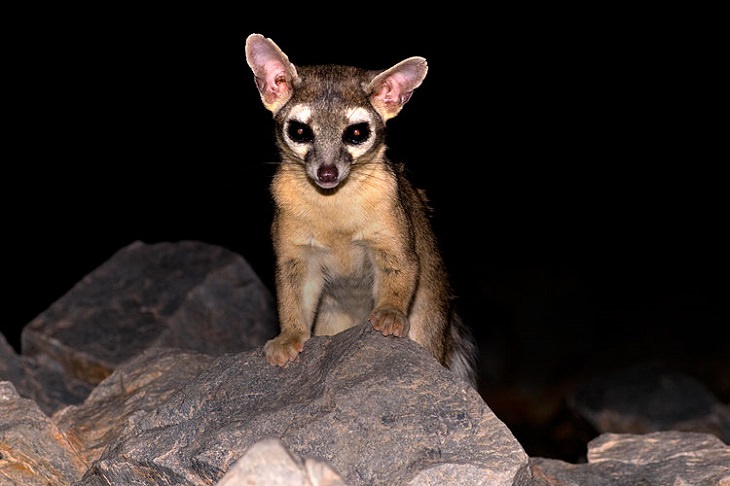
(By Robertbody, Wikimedia Commons)
This cute little striped creature is native to the United States, more specifically the western states. Despite being a relative of the raccoon, they are easily tamed and eat a wide variety of insects, berries and occasionally smaller mammals. More lenient states like Nevada and North Carolina still allows ring-tailed cats to be kept, but other states restrict keeping this animal as a pet.
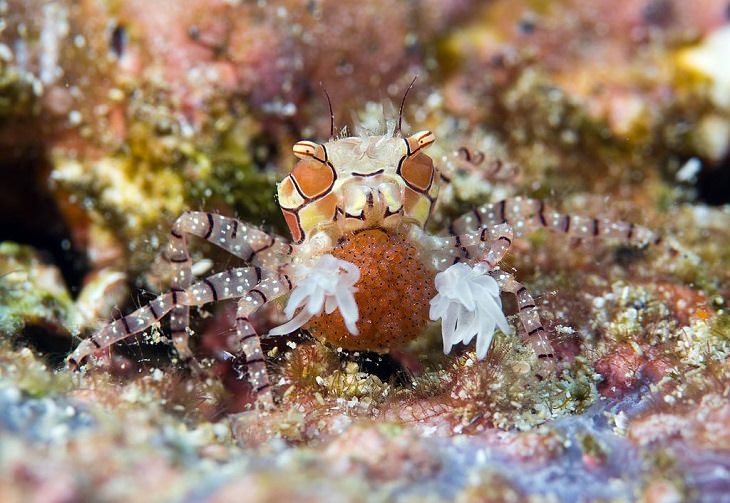
(By prilfish, Wikimedia Commons)
This crab is native only to the Hawaiian islands, making it an exotic pet that is in high demand. Their beautiful range of colors makes them a great addition to freshwater aquariums with peaceful fish, so long as they have their “pom poms”, which refer to the anemones that this crab instinctively tends to live in to protect itself from predators. The Pom Pom crab feeds on brine, Mysis (the larvae of certain crustaceans) and pellets.
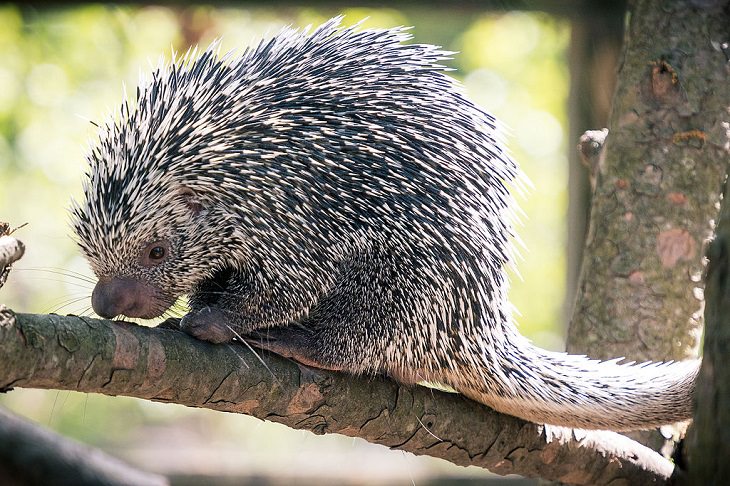
(By Eric Kilby, Wikimedia Commons)
Despite being a species native to Central and South America, this spiky-backed rodent is a common pet in the United States. They are extremely energetic and curious, feeding on fruits, vegetables, and rodent pellets. They can be difficult to keep, as they require tall enclosures and climbing apparatus, and often carry with them an unpleasant odor.
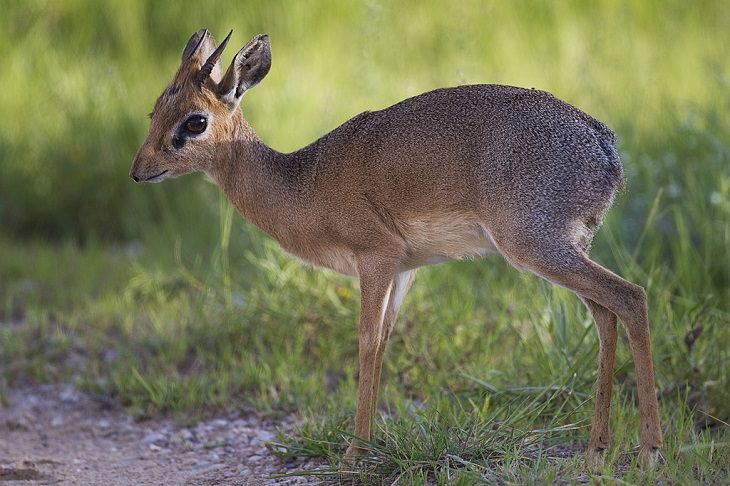
(By Yathin S Krishnappa, Wikimedia Commons)
These tiny antelopes refer to any one of four species under the genus Madoqua and are considered the perfect pet for an apartment. They are smaller than most dogs, and they eat berries, fruits, leaves, and shoots. Native to certain parts of Africa and illegal to keep in certain countries, this particular exotic pet is sold for very high prices of $5,000 and upward.
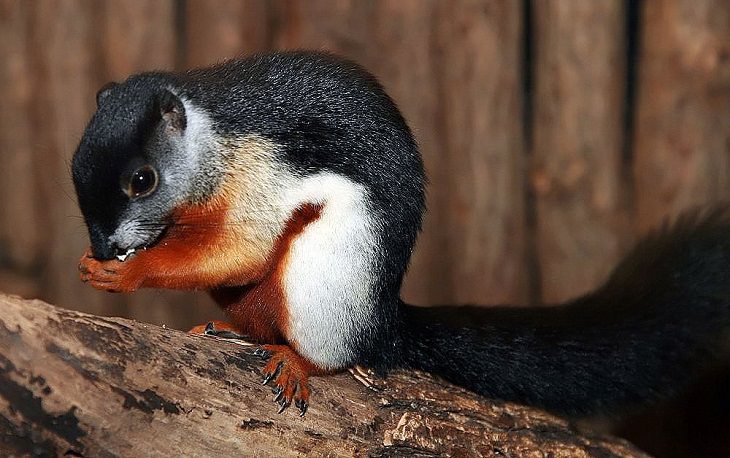
(By David J. Stang, Wikimedia Commons)
Also known as the Asian tri-colored squirrel, this furry-tailed critter is coveted for its bright colors and glossy fur. Their diet consists of nuts, berries, flowers and even insects, which can be bought at most pet stores. However, as they are extremely active animals, they require lots of space to move. The numbers of this animal in the wild are dwindling, making them a rare exotic pet.
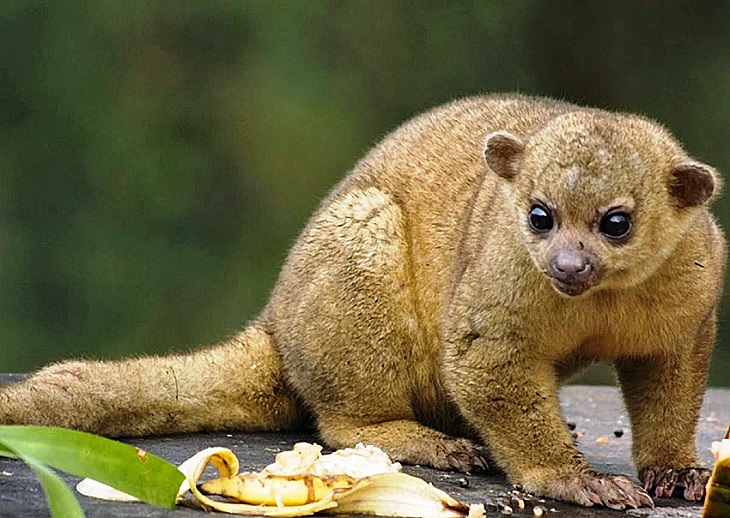
(By Ichtusvet, Wikimedia Commons)
This critter is cute and largely affectionate and has a diet of figs and other fruits. They have been known for unpredictable bursts of aggression. This particular exotic pet gained much attention when celebrity Paris Hilton was injured by a kinkajou she had obtained and kept illegally in California where most exotic pets are illegal.
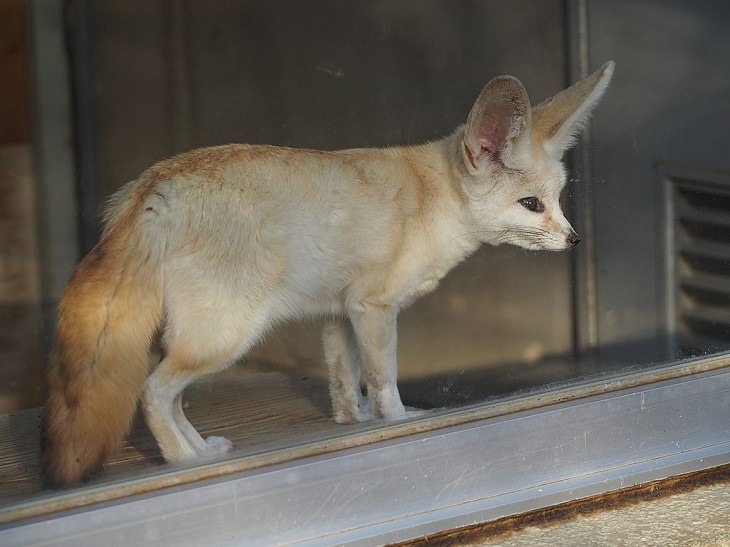
(By Kestrel, Wikimedia Commons)
These are considered the ideal exotic pets from the fox family. Fennec foxes are incredibly small, making it easier to create space for them to move and keep them exercising and healthy. Unlike most wild animals, these creatures are content in smaller enclosures so long as they are given some space to move during the day. This species is far easier to keep as a house pet than most other foxes.
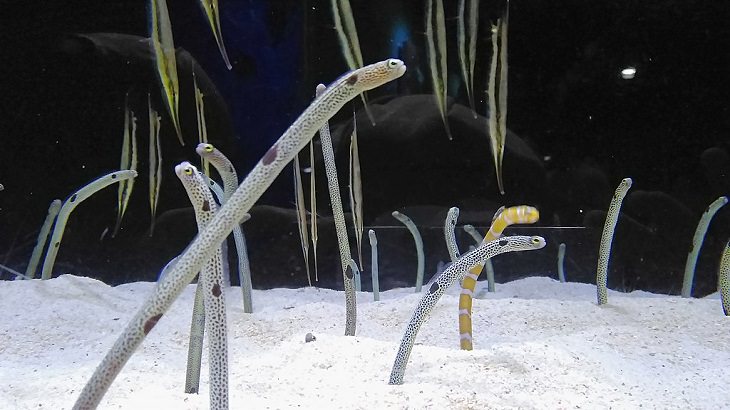
(By salamander724, Wikimedia Commons)
Sleek and elegant, these multi-colored eels usually burrow themselves into the seafloor and poke their heads out, catching food swept their way by the ocean currents. They usually live in groups. Setting up their environment and caring for them can be extremely difficult, as they have very specific needs, making them uncommon pets.
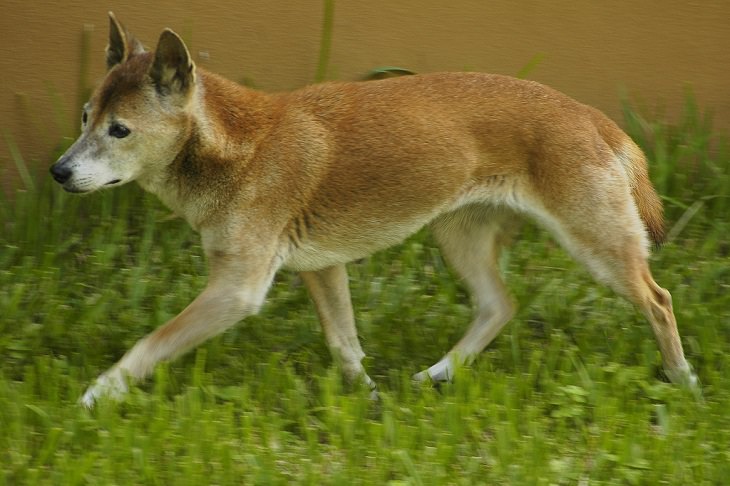
(By Valerie Abbott, Wikimedia Commons)
Named after their melodious howl, these members of the canine family are a subspecies of wolf and are closely related to dingoes. They are native to the New Guinea Highlands and prior to becoming household companions, they lived in harmony with the people of the mountains. Now, most species of this dog found in homes are unrelated to the original wild species.

(By Tamandua_tetradactyla_qtl1, Wikimedia Commons)
Most people are probably familiar with giant anteaters, but only few know these species of lesser anteaters. These creatures are toothless and have strict dietary conditions feeding on ants and termites. Amazonian Indians used them as a form of pest control. The tamandua is now listed as a Species of Concern under the IUCN red list due to the large numbers in which they are killed for their meat, their claws, and because of the untrue myth that they attack domestic dogs.
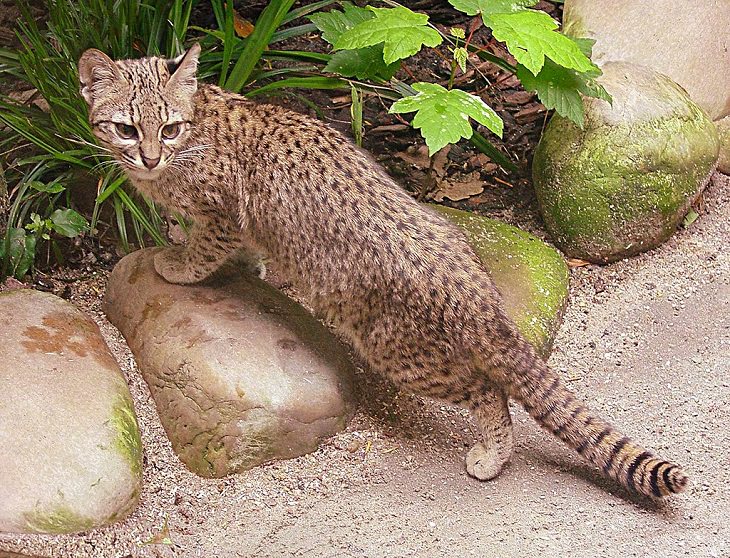
(By Daf-de, Wikimedia Commons)
Native to South America, this feline has large populations spread across the sub-continent. With a size approximately the same as the average domestic cat, and its uniquely spotted coat of fur, no wonder these little guys are in high demand on the exotic pet market. They have a wide and varied diet, from rodents and rabbits to insects and fish. They were previously drastically hunted for their fur and were forced to be placed under the protection of CITES Appendix I.
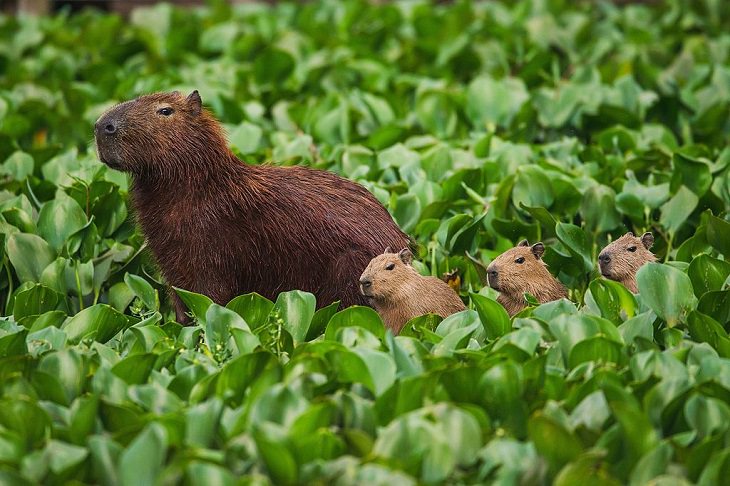
(By Clodomiro Esteves Junior, Wikimedia Commons)
If Guinea Pigs are too mainstream, then you will definitely be tempted by this wild rodent. This South American cave-dweller is the largest living rodent in the world and is known for its unique appearance. They are semi-aquatic creatures and enjoy a dip in the water on a regular basis. It is best to keep them in a garden which gives them access to a small water feature. They are illegal in most states except Pennsylvania and Texas.
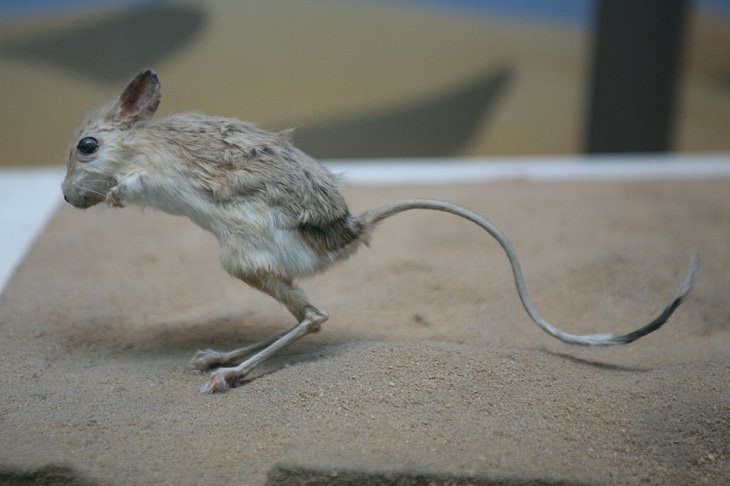
(By Cliff, Wikimedia Commons)
Despite their somewhat odd appearance, these little rodents are beloved for their tiny faces, massive ears, and thin winding legs. As you can guess from the long legs, this rodent can move very quickly, which is great for avoiding predators in their native desert lands. This also means that people keeping them as pets need to provide large but properly enclosed spaces for the creature to move. It is illegal to keep this wild desert-dweller in most countries.
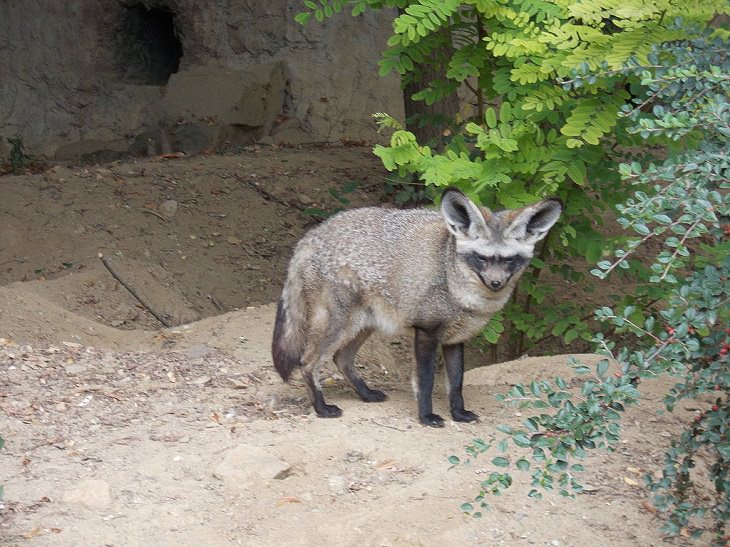
(By Rudolph.A.furtado, Wikimedia Commons)
Popular for their wide and large ears and bushy coats of fur, the bat-eared fox is a distant member of the dog family. It is slightly larger than the Fennec fox, standing at less than 2 feet in length and it needs a lot of space to move, making it a difficult house pet to keep. In the wild, they primarily eat insects like termites and dung beetles that swarm near the feces of other animals. As pets, they are typically fed meat and vegetables.
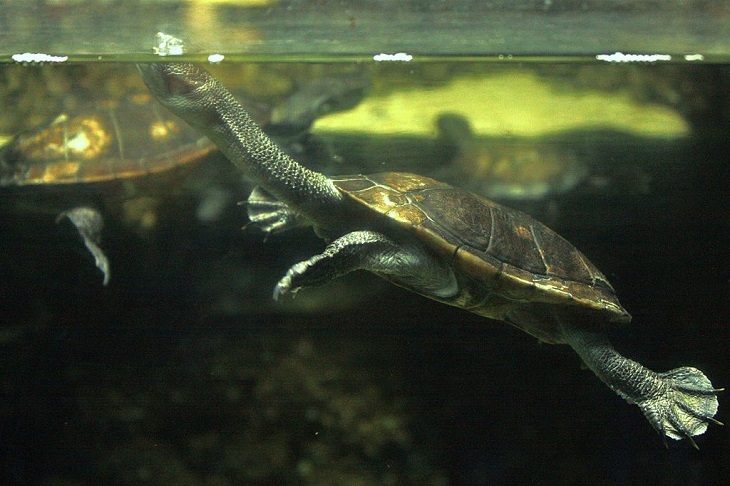
(By Postdlf, Wikimedia Commons)
Also known as the McCord’s snakeneck turtle, this creature is one of the most desired animals, particularly turtles, in the international pet trade (both legal and illegal). Native to Rote Island, Indonesia, this turtle is now critically endangered, making it illegal to keep as a pet, thus increasing the market demand for it. Despite legal protections in place, illegal capture and trade of this species is still a major threat to its survival.